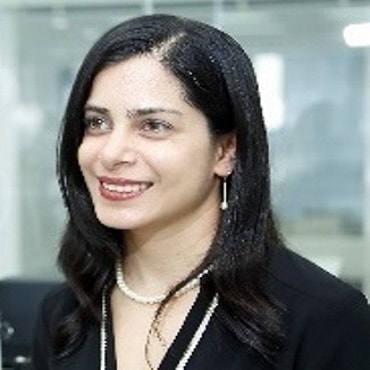Scientific Program

Sofia Soto Rodriguez
Repro-Support Medical Research Centre, Japan
Title: Vitrification of oocytes and blastocysts: A simple, reliable and successful method of preservation
Biography:
Sofia Soto-Rodriguez started as an Embryologist in 2008 and was trained in vitrification directly by Dr. Masashige Kuwayama. In 2014, she became an Official Trainer of the Cryotech vitrification method in official Cryotech workshops at the most important meetings in the world. In 2015, she completed her PhD in Biomedical Sciences from University of Guadalajara, and since then she became the Research Director at Repro-Support Medical Research Center, supporter of Cryotech.
Abstract
The demand of fertility preservation techniques has increased in the last decades, either because of health conditions or maternity delay. Nowadays the best option is the vitrification of oocytes and embryos, since it is a non-invasive technique, and avoids ethical, political and economic problems. Until recently, the open system of vitrification had been able to make 90% of human oocytes and embryos survive after freezing. The remaining 10% were sensitive patients over 40 years old or patients with a limited number of oocytes or fragile eggs, leading them to low or no chance of pregnancy. Besides, these techniques require very skilled manipulation and complicated protocols. The last challenge was to create an improved noninvasive vitrification method that gives possibilities to women in true difficulty and pain. The aim of this work is to present a very successful vitrification method for oocytes and blastocysts, together with the improvements made to the previous techniques, and show the results worldwide compared to fresh cycles. In this retrospective study we report patients undergoing IVF cycles during 2015-2017 with either oocyte or blastocyst vitrification in clinics worldwide. The modifications featured in this new technique yielded to a worldwide higher pregnancy rate (47% and 48%; n=4,673 and n=15,177 in oocytes and blastocysts respectively) compared to fresh cycles (39%; n=115,610; SART, 2016). These results are an evidence of the safety and effectiveness of this improved method. With this high survival rate and excellent clinical results, ordinary methods are becoming advanced in fertility facilities all around the world.
- Acute Hepatitis
- Alcoholic Hepatitis
- Autoimmune Hepatitis
- Chronic Hepatitis
- Giant Cell Hepatitis
- Hepatitis B
- Hepatitis C
- Hepatitis Epidemiology
- Viral Hepatitis
- Parasitic Hepatitis
- Ischemic Hepatitis
- Drug Induced Hepatitis
- Hepatitis Vaccine
- Advance in Hepatitis Testing
- Hepatitis Immunology & Vaccine biology

